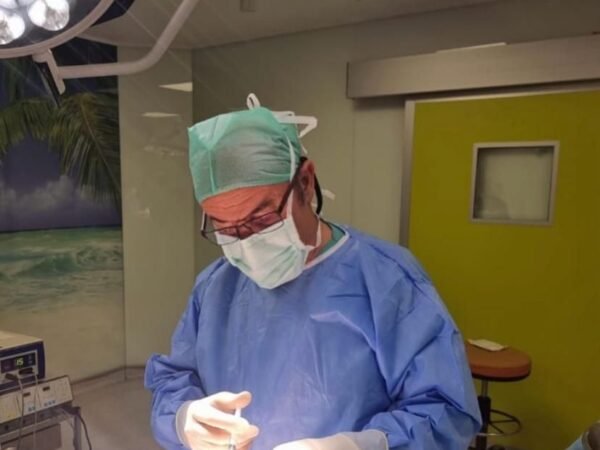FUE (Follicular Unit Extraction): Precision and Proven Results
What is FUE?
Follicular Unit Extraction (FUE) is a widely used hair transplant technique where individual hair follicles are extracted from a donor area (usually the back of the scalp) and transplanted into thinning or bald areas. This method is known for its minimally invasive nature and effectiveness in producing natural-looking results.
How It Works:
- Extraction: Tiny, specialized instruments are used to remove individual follicular units from the donor area.
- Preparation: Extracted follicles are carefully prepared for implantation.
- Implantation: Small incisions are made in the recipient area where the follicles are inserted.
Advantages of FUE:
- Minimal Scarring: The technique leaves tiny, dot-like scars that are less noticeable compared to traditional methods.
- Quick Recovery: Patients experience a faster recovery time due to the minimally invasive nature of the procedure.
- Natural Results: Individual follicle placement ensures a natural-looking hairline and density.
Considerations:
- Graft Quality: The success of the procedure can vary based on the skill of the surgeon.
- Time: The procedure can be time-consuming, especially for larger areas.
DHI (Direct Hair Implantation): Precision and Efficiency
What is DHI?
Direct Hair Implantation (DHI) is an advanced version of the FUE technique that uses a specialized tool called the Choi Implanter Pen. This technique allows for the direct implantation of hair follicles into the recipient area without the need for pre-made incisions.
How It Works:
- Extraction: Similar to FUE, hair follicles are extracted from the donor area.
- Implantation: The Choi Implanter Pen is used to place follicles directly into the recipient area with precision.
Advantages of DHI:
- Enhanced Precision: The Choi Implanter Pen allows for precise placement, leading to improved density and natural results.
- No Incisions: Eliminates the need for prior incisions, reducing scalp trauma.
- Faster Recovery: The less invasive nature of the procedure often results in a quicker recovery.
Considerations:
- Cost: DHI is generally more expensive than FUE.
- Technical Expertise: Requires a high level of skill from the surgeon to ensure optimal results.
Which Technique is Right for You?
Choosing between FUE and DHI depends on various factors, including your budget, desired results, and recovery preferences. Here’s a quick guide to help you decide:
- FUE is a proven, cost-effective method that delivers excellent results with minimal scarring. It’s a great option if you’re looking for a balance between quality and affordability.
- DHI offers enhanced precision and a quicker recovery time, making it ideal if you’re willing to invest in a more advanced technique for potentially superior results.
Conclusion
Both FUE and DHI are effective hair transplant methods that can help you regain your confidence and achieve a natural, full head of hair. Consulting with a qualified hair transplant specialist will help you determine the best technique based on your individual needs and goals. Whether you choose FUE or DHI, you’re on the path to a renewed look and renewed self-assurance.



